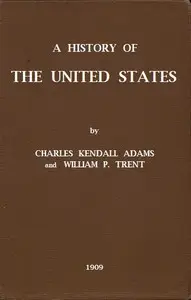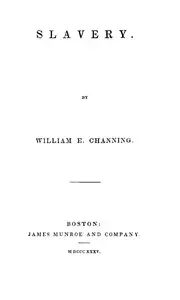"A Brief History of the United States" by Joel Dorman Steele is a compelling journey through America's past, crafted as an educational tool for young readers in the late 1800s. The narrative unfolds from ancient times through pivotal moments like the early explorations, the struggles of colonial life, and the birth of a nation in revolution, all while focusing on capturing the attention of students. The book opens by acknowledging the challenge of teaching history effectively and promises to deliver key events in an easy to understand manner. Steele starts with the ancient civilizations and native tribes of North America, setting the stage for the arrival of Europeans and the dramatic changes that would follow, thus documenting the rise of the United States.

A Brief History of the United States
By Joel Dorman Steele
From ancient civilizations to revolution, relive the remarkable moments that defined America's story.
Summary
About the AuthorJoel Dorman Steele was an American educator. He and his wife Esther Baker Steele were important textbook writers of their period, on subjects including American history, chemistry, human physiology, physics, astronomy, and zoology. He was an influential figure in the movement to standardize science education in the mid-late 19th century. In the preface to his posthumous Popular Physics, the publisher writes that his books "attained an extraordinary degree of popularity, due to the author's attractive style, his great skill in the selection of material suited to the demands of the schools for which the books were intended, his sympathetic spirit toward both teachers and pupils, and his earnest Christian character, which was exhibited in all his writing."
Joel Dorman Steele was an American educator. He and his wife Esther Baker Steele were important textbook writers of their period, on subjects including American history, chemistry, human physiology, physics, astronomy, and zoology. He was an influential figure in the movement to standardize science education in the mid-late 19th century. In the preface to his posthumous Popular Physics, the publisher writes that his books "attained an extraordinary degree of popularity, due to the author's attractive style, his great skill in the selection of material suited to the demands of the schools for which the books were intended, his sympathetic spirit toward both teachers and pupils, and his earnest Christian character, which was exhibited in all his writing."















